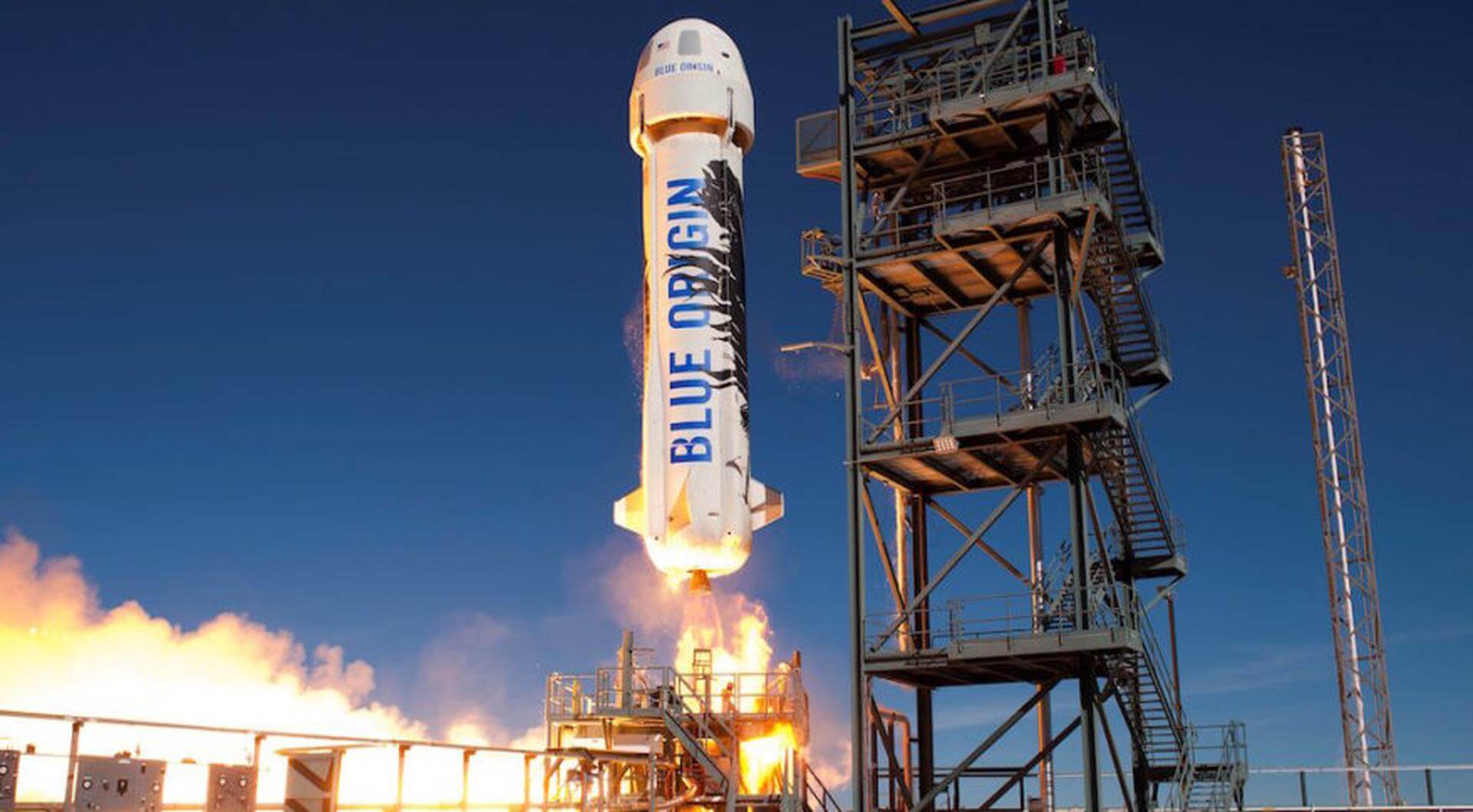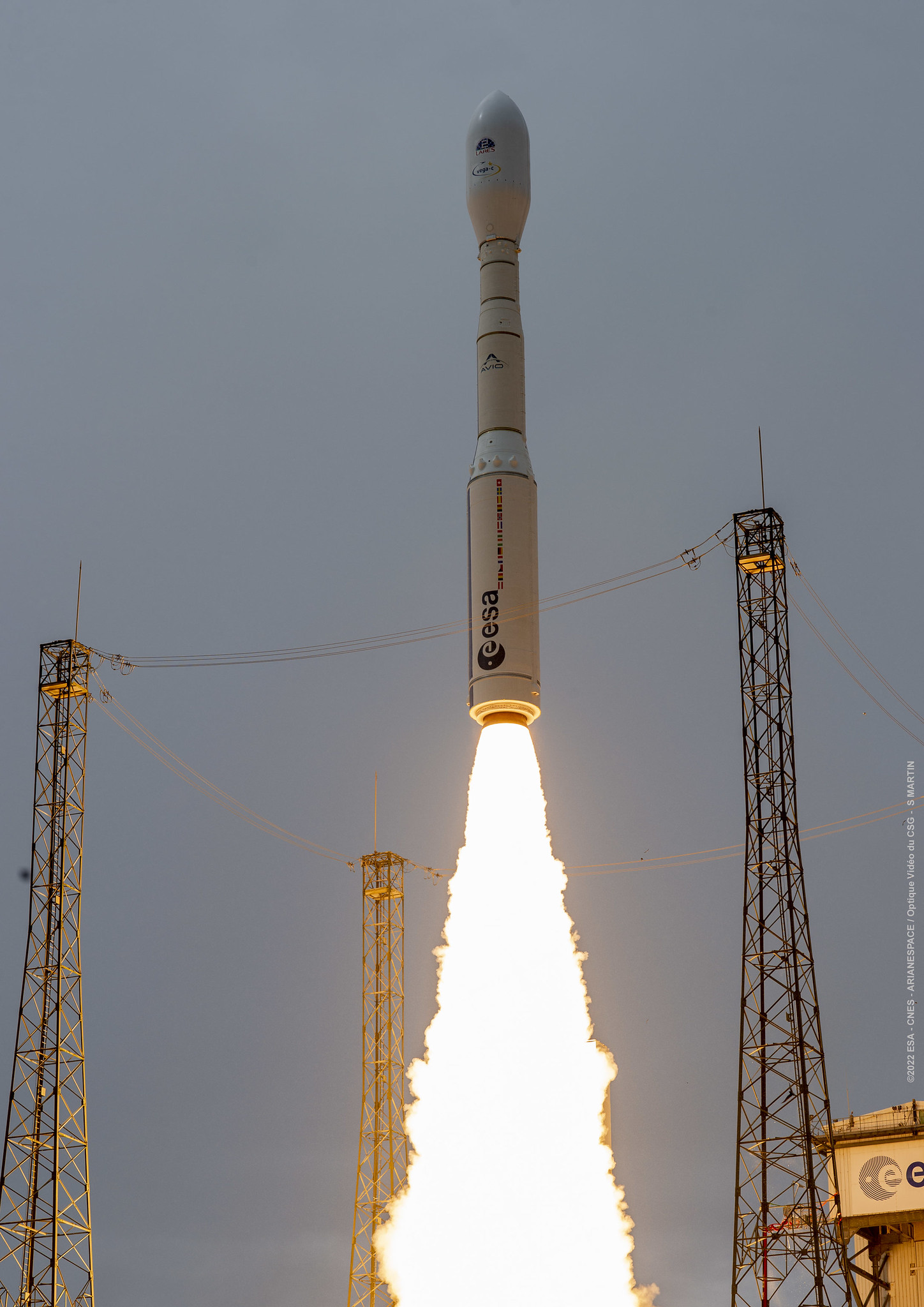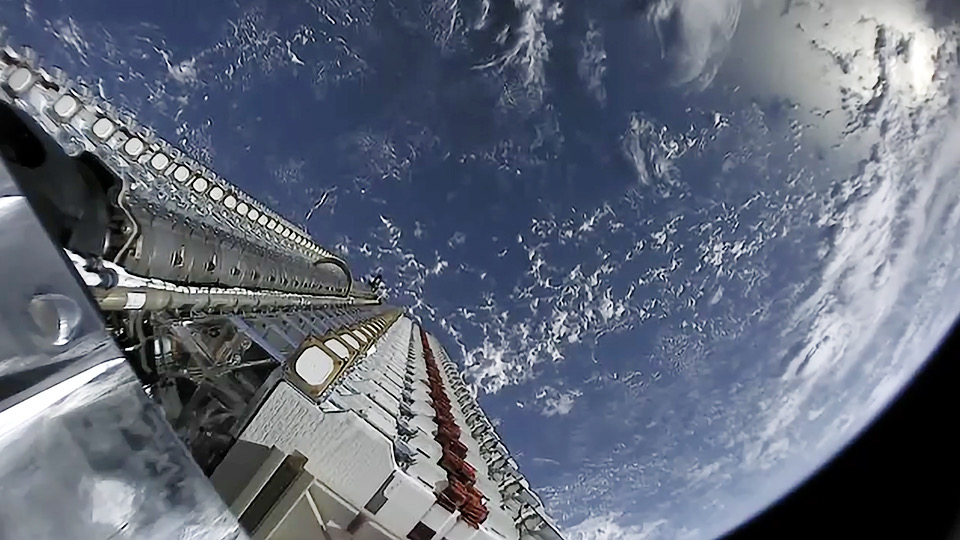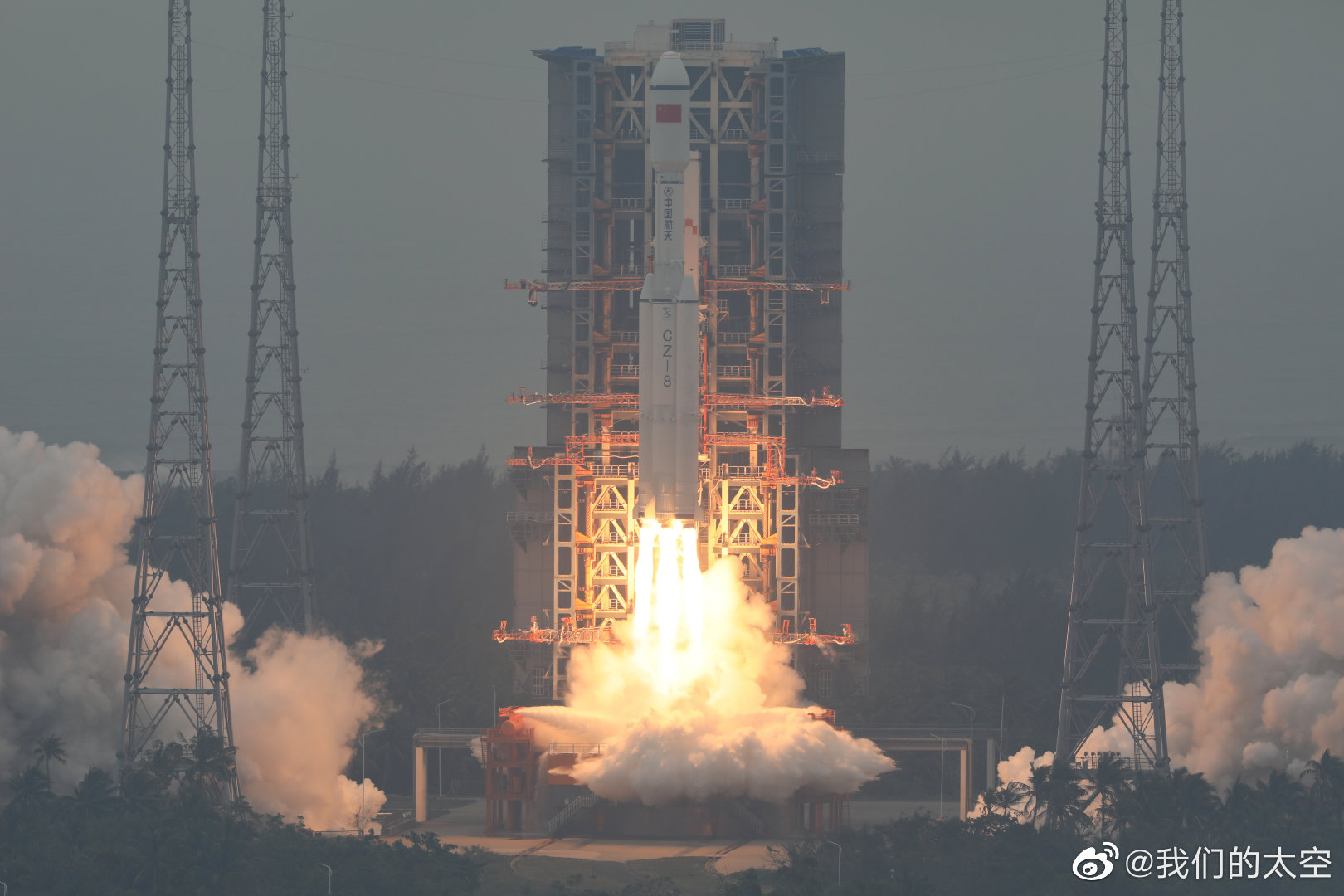· space brief · 6 min read
Space Brief 27 Aug 2025
Today's key space events include SpaceX's launch of the secretive X-37B military drone, XTAR's U.S. defense market strategy, and China's space station AI upgrade.

📄Top Stories
SpaceX successfully launched the X-37B US military space drone, further advancing orbital defense capabilities. Meanwhile, XTAR aims to expand its presence in the U.S. defense market with next-gen satellites, and China’s Tiangong station has introduced a new AI system to aid astronauts during spacewalks.
📰Detailed Coverage
SpaceX Launches Secretive X-37B US Military Space Drone
Last week, SpaceX launched a Falcon 9 rocket carrying the US military’s enigmatic X-37B space drone from Florida. This marks another milestone in orbital military operations, as the X-37B is utilized for tasks ranging from on-orbit testing to technology demonstrations. The mission underscores the ongoing trend of using commercial launch services to support defense initiatives.
With its ability to re-enter Earth’s atmosphere and land autonomously, the X-37B enhances the flexibility and resilience of space operations. The success of such missions may influence future satellite tracking techniques, given the increased emphasis on controlled reentry and reusable technology.
Read the full story: SpaceWar
XTAR Eyes U.S. Defense Market Expansion
XTAR is poised to capture a larger share of the U.S. defense satellite communications market with the launch of two satellites funded by Spain’s Hisdesat. These next-generation satellites aim to expand XTAR’s operational capabilities and its appeal to the Department of Defense and allied nations.
Operating in the X-band frequency, these satellites promise enhanced secure communications critical for military applications. As satellite infrastructure continues to grow, interest in tracking these assets will likely drive development in satellite tracking technologies available on our web app.
Read the full story: SpaceNews
AI Assistant Supports Chinese Space Station Astronauts
China’s Tiangong space station has integrated a new AI system known as Wukong AI to aid astronauts during spacewalks. This development comes with upgraded spacesuits and a multitude of supplies delivered by the Tianzhou 9 cargo mission. The AI system marks a significant advancement in orbital technology, providing real-time assistance for complex tasks.
Wukong AI’s introduction represents a leap forward in human-machine collaboration in space, setting the scene for potential evolutions in autonomous monitoring and task management in zero-gravity environments.
Read the full story: SpaceDaily
Space Force Initiates Systems Delta 85
The U.S. Space Force has established Systems Delta 85 to integrate space defense acquisition and operational support. Led by Col. Jason West, the new entity at Peterson Space Force Base seeks to unify efforts towards enhancing space mission capabilities and fostering rapid technological advancements in defense.
With a centralized command, Systems Delta 85 aims to streamline processes and improve efficiency. This consolidation supports comprehensive satellite tracking and monitoring operations, ensuring robust national security measures in orbit.
Read the full story: SpaceWar
Close-up Views of NASA’s DART Impact
Recent findings have emerged from NASA’s DART mission, which successfully redirected an asteroid’s path through impact. The mission utilized close-up observations to refine planetary defense strategies, demonstrating that kinetic impactors can effectively change an asteroid’s trajectory.
These insights are pivotal for shaping future defense measures against potential asteroid threats. Tracking such events is essential, as they contribute to enhancing preventive mechanisms displayed within satellite tracking systems.
Read the full story: SpaceDaily
🛰️Satellite Spotlight
- Satellite Name: FLOCK 4S-47
- NORAD ID: 47685
- Launch Date: January 24, 2021
- Mission: This satellite is part of the Flock 4 constellation, primarily focusing on technology demonstration through Earth observation capabilities.
- Orbit: Low Earth Orbit (LEO)
- Operator: Planet Labs
- Fun Fact: FLOCK 4S-47 is designed to operate with a 3U CubeSat configuration and utilizes solar cells and batteries for its power, showcasing the growing trend of small satellite technology in Earth observation.
Track this satellite in real-time on our web app: Track FLOCK 4S-47
🌌Space Weather
Current space weather shows Solar radiation storm (S1), High solar flux (202).
Current
R0 - S1 - G0
Last 24 Hour Maximums
R1 - S1 - G0
Recent Alerts
- Extended Warning: Proton 10MeV Integral Flux above 10 pfu expected.
- Valid Dates: From August 24, 2340 UTC until August 27, 0900 UTC.
- Predicted NOAA Scale: S1 - Minor.
- Potential Impacts: Minor impacts on polar HF radio propagation leading to communication fades at lower frequencies.
Next 24 Hours
-
Radio Blackouts Probability
- Minor: 60
- Major: 10
- Risk: None
-
Solar Radiation
- Probability: 95
- Risk: None
-
Geomagnetic Storming
- Scale: 0
- Impact: None
- Activity: Low
-
Impact Summary
- Next 24 hours: No risk of radio blackouts.
- No risk of solar radiation storms.
- Geomagnetic outlook: No G1 (Minor) or greater geomagnetic storms are expected.
- The greater than 10 MeV proton flux is expected to remain around the S1 (Minor) level on August 27, with a gradual return to background levels anticipated thereafter.
Long Term Forecast
- Forecast of Solar and Geomagnetic Activity (August 25 - September 20, 2025):
- Solar activity is expected at low levels, with varying chances for M-class flares (R1-R2/Minor-Moderate events) through September 20.
- The greater than 10 MeV proton levels are expected to drop below 10 pfu by August 26 and remain below thresholds through September 20.
- Geomagnetic activity largely will be quiet between August 29 - September 3 and again on September 11 - 14, with unsettled conditions expected during August 25-28 and September 7-10.
- Active conditions likely on September 4-9 and 15-16, with possible minor storming on September 4-6 and 15.
🚀 Upcoming Space Launches
August 27
- SpaceX Falcon 9:
- Starlink Group 10-56 from Cape Canaveral Space Force Station (10:53 UTC) A batch of 28 satellites for the Starlink mega-constellation—SpaceX’s project for a space-based internet communication system.
August 28
-
SpaceX Falcon 9:
- Starlink Group 10-11 from Kennedy Space Center (05:27 UTC) A batch of 28 satellites for the Starlink mega-constellation—SpaceX’s project for a space-based internet communication system.
-
Blue Origin New Shepard:
- NS-35 from West Texas Suborbital Launch Site (11:30 UTC) NS-35, the 35th flight for the New Shepard program, will fly more than 40 scientific and research payloads to space and back, including 24 experiments from NASA’s TechRise Student Challenge.
August 30
- SpaceX Falcon 9:
- Starlink Group 17-7 from Vandenberg Space Force Base (02:05 UTC) A batch of 24 satellites for the Starlink mega-constellation—SpaceX’s project for a space-based internet communication system.
August 31
-
Rocket Lab:
- JAKE 4 from Wallops Flight Facility (00:00 UTC) Sub-orbital launch under Rocket Lab’s Hypersonic Accelerator Suborbital Test Electron (HASTE) program.
-
SpaceX Falcon 9:
- Starlink Group 10-14 from Cape Canaveral Space Force Station (11:15 UTC) A batch of 28 satellites for the Starlink mega-constellation—SpaceX’s project for a space-based internet communication system.
September 3
-
SpaceX Falcon 9:
- Starlink Group 17-8 from Vandenberg Space Force Base (02:33 UTC) A batch of satellites for the Starlink mega-constellation—SpaceX’s project for a space-based internet communication system.
-
SpaceX Falcon 9:
- Starlink Group 10-22 from Cape Canaveral Space Force Station (11:06 UTC) A batch of satellites for the Starlink mega-constellation—SpaceX’s project for a space-based internet communication system.
Note: Launch dates and times are subject to change due to technical or weather considerations.

Maurice Stellarski





